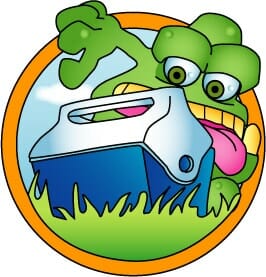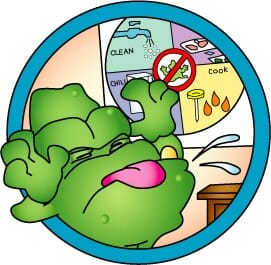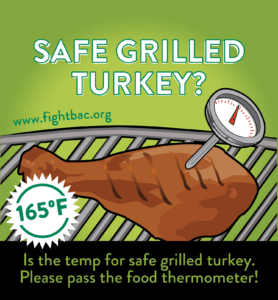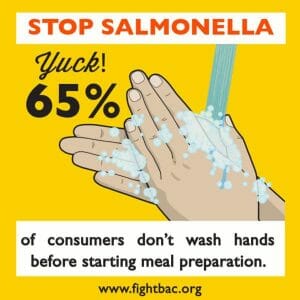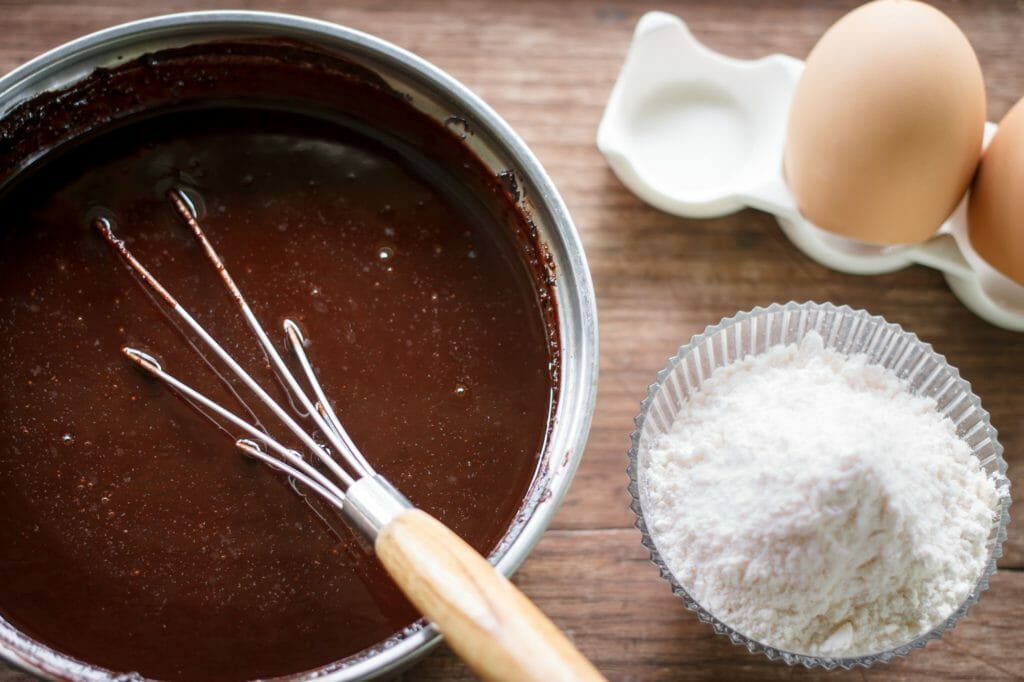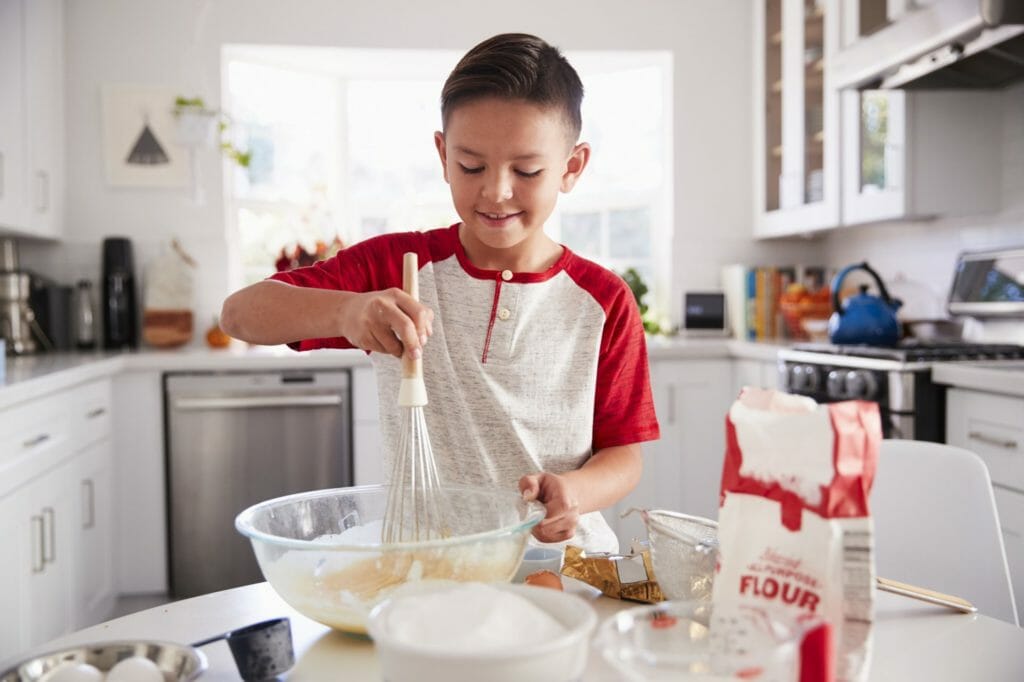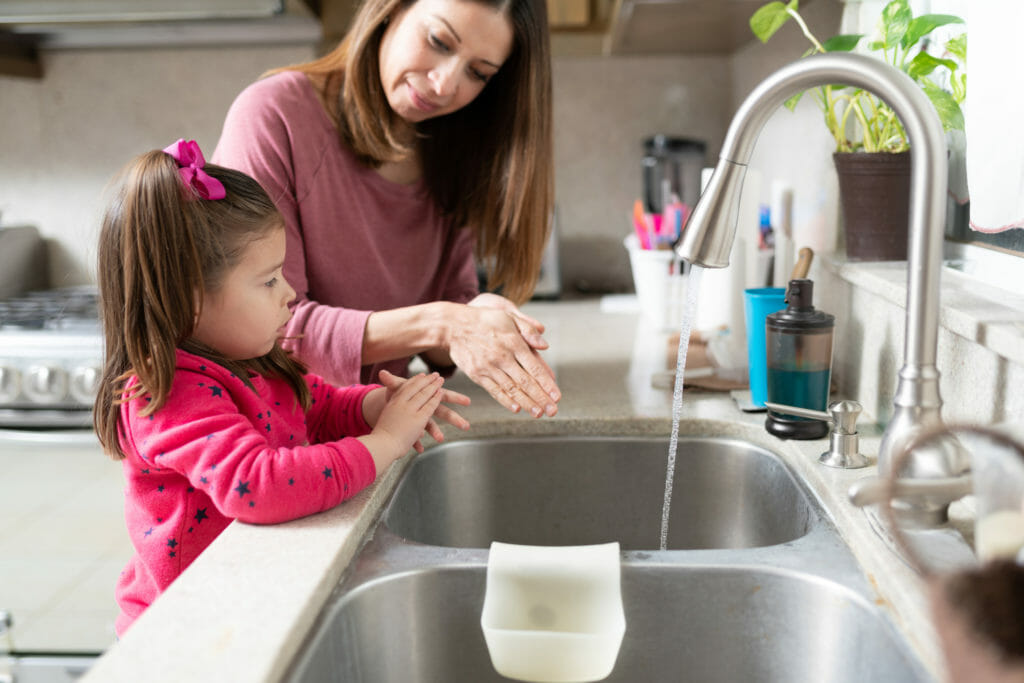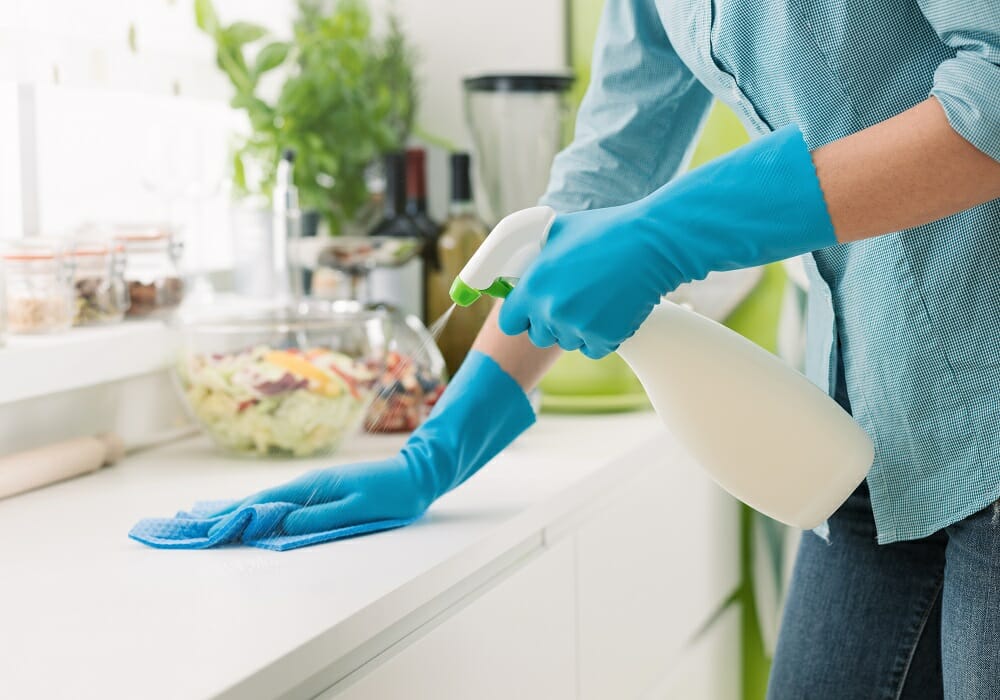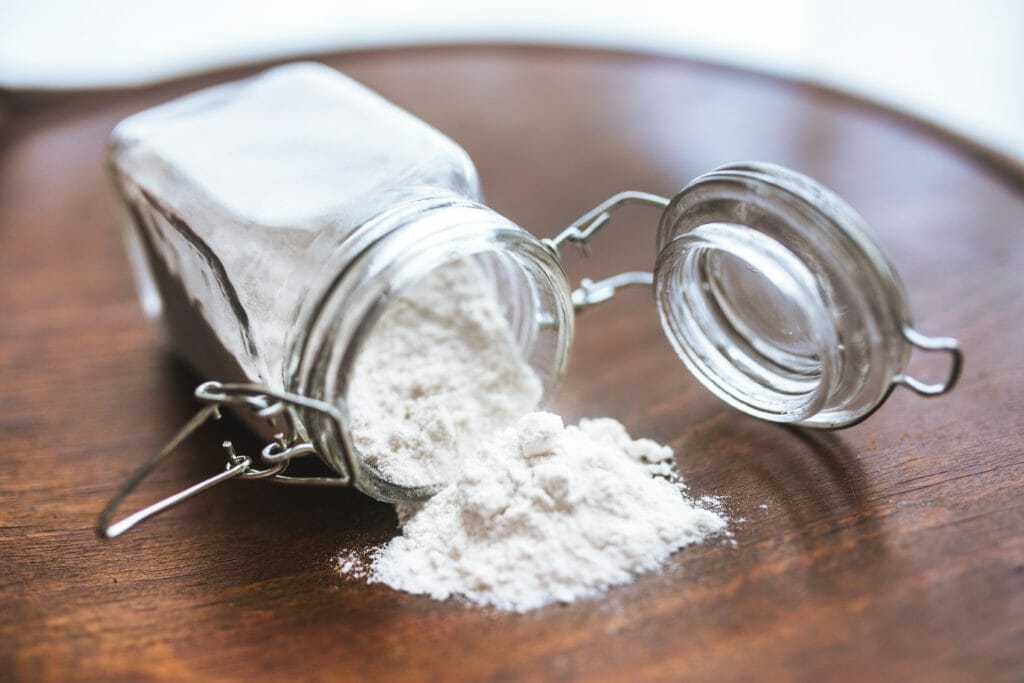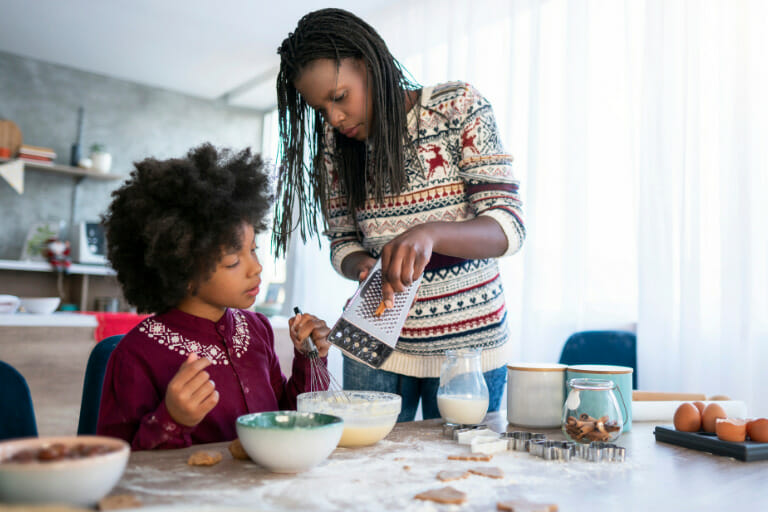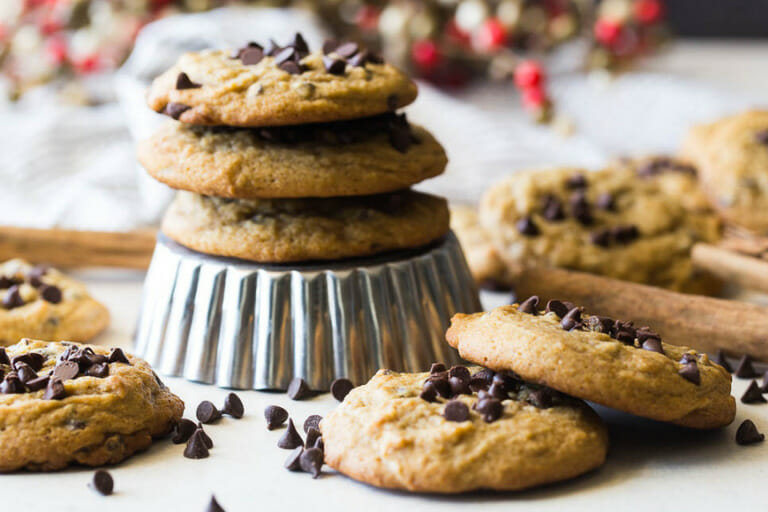Mike Robach, Vice President, Corporate Food Safety and Regulatory Affairs, Cargill
Holiday parties are a staple this time of year. I’m in the midst of planning several for friends and family right now. With my job focused on preventing foodborne illnesses, I believe one of the worst things that could happen to any host is to spark an illness due to unsafe food handling techniques.
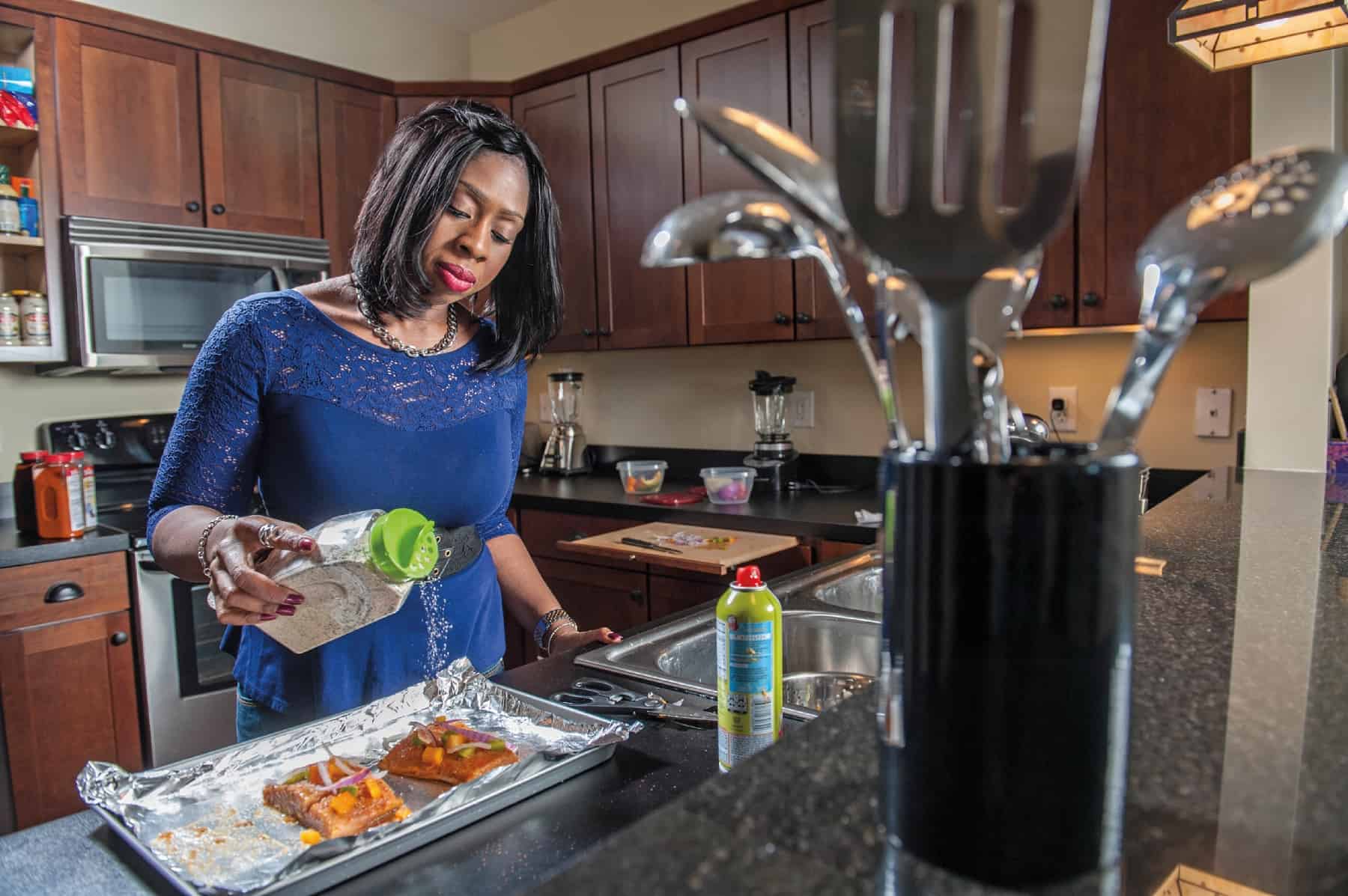
Arming yourself with the knowledge to safely prepare your holiday spread doesn’t have to be difficult or time consuming. In fact, it’s as simple as Cyber Monday shopping—it can be done from your couch, in your pajamas. Tips for safe food handling are at your fingertips when you visit sites such as the CDC or the USDA. You can even find specifics for the food you are preparing, from the safe handling of turkey to beef to eggs.
For quick reference, here are the top five tips I remind my family of every time we are in the kitchen preparing a meal:
1.Clean hands and surfaces often—Wash all utensils and preparation surfaces, including cutting boards, with hot soapy water. Use warm water and soap for at least 20 seconds to wash hands before and after handling food.
2. Separate foods—Don’t transfer bacteria from one food to another. Keep raw meat, poultry and seafood away from other foods that won’t be cooked. Remember to re-wash all surfaces—and your hands—after handling raw foods.
3. Rinse fresh fruits and vegetables—Rub firm-skinned produce, like cucumbers and apples, under tap water. Rinse all produce before peeling, as microorganisms on the surface can be easily transferred with a peeler or knife blade. Pat dry with a paper towel.
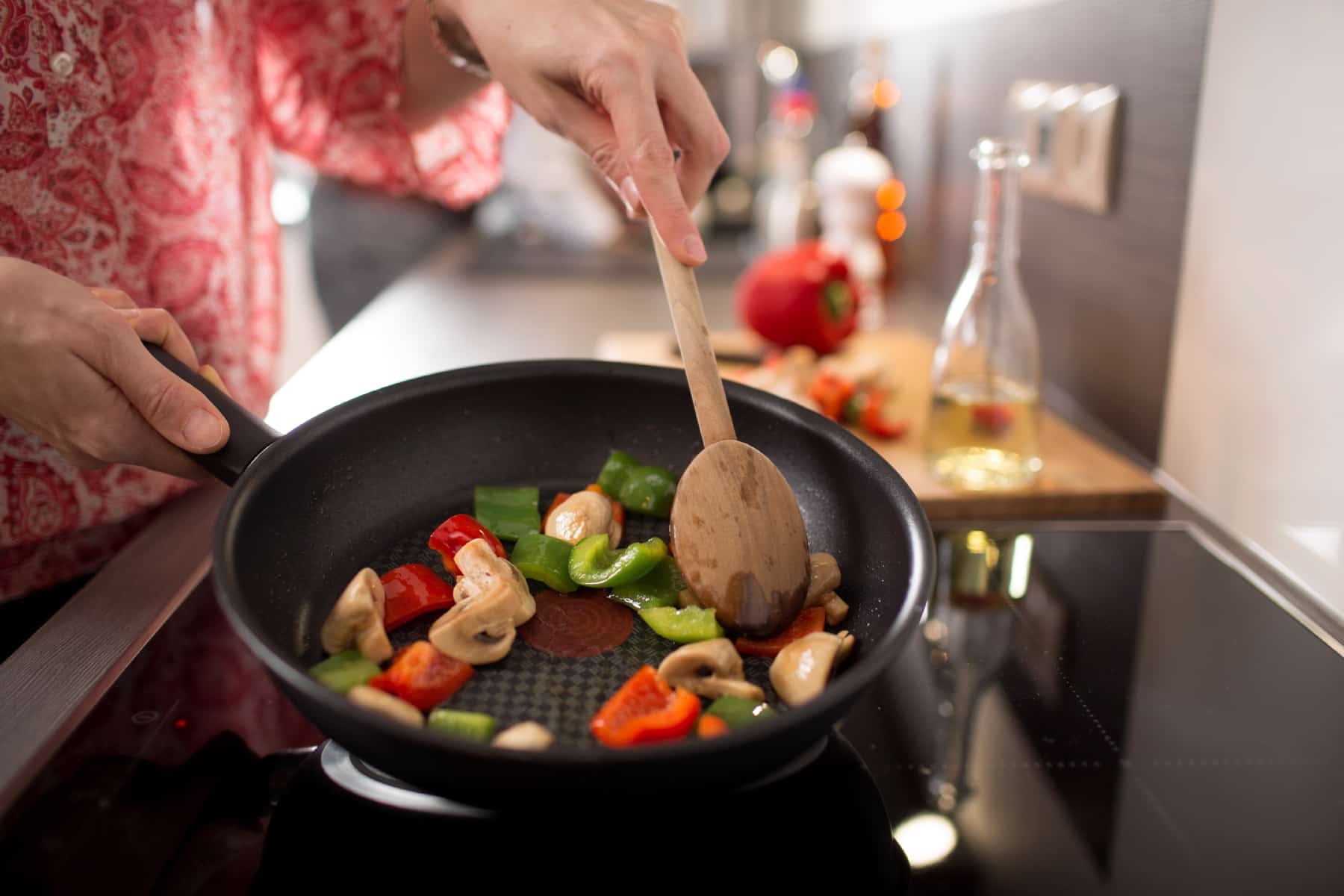
4. Cook to safe temperatures—A host’s best friend is their thermometer. Use it consistently to ensure foods reach a temperature that kills harmful bacteria that can cause illness. The Partnership for Food Safety Education has an excellent list of safe internal temperatures.
5. Know how long leftovers can last—Refrigerate leftovers as soon as possible, in shallow containers, so they cool off more quickly. Shelf life of leftovers varies by food—but most are only good for three to four days. Use the USDA’s AskKaren service 24/7 via computer or mobile device to ask how long your specific leftover will remain fresh.
Check off this list, visit those websites and feel pride—and confidence—that your guests will leave with full stomachs and happy hearts, but not with a foodborne illness.
About the blogger
Mike Robach serves as vice president for corporate food safety, quality and regulatory affairs at Cargill. Mike has worked closely with the USDA and FDA regarding food safety policy, HACCP, and regulatory reform based on science. He has also worked with the World Organization of Animal Health (OIE) and the Food and Agriculture Organization (FAO) on harmonized animal health and food safety standards. He is the current Chairman of the Board of the Global Food Safety Initiative (GFSI).


